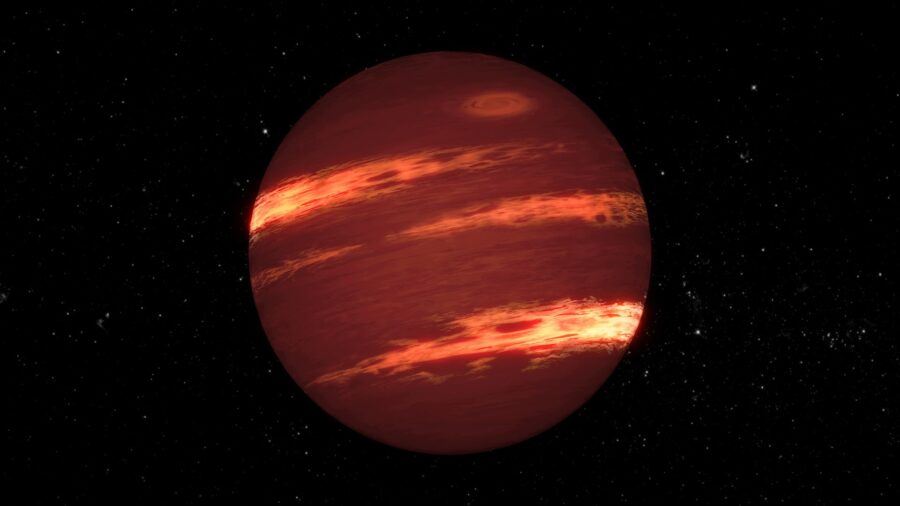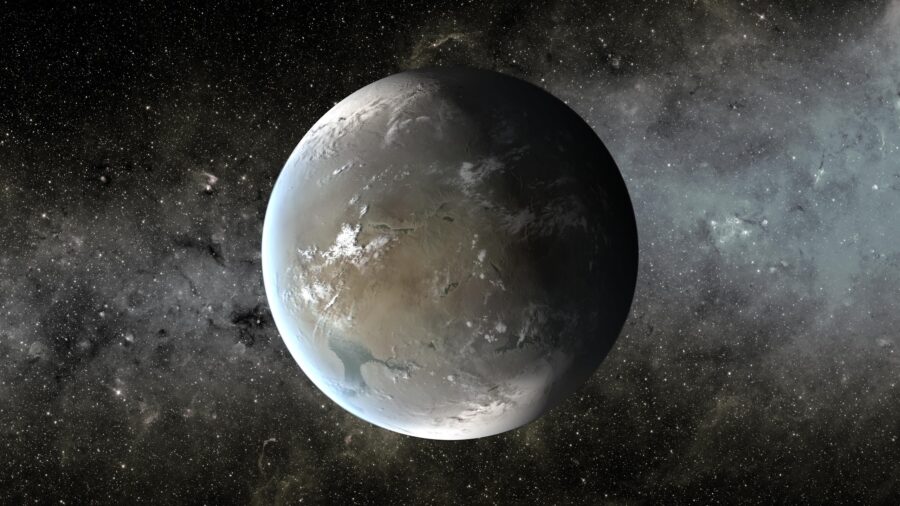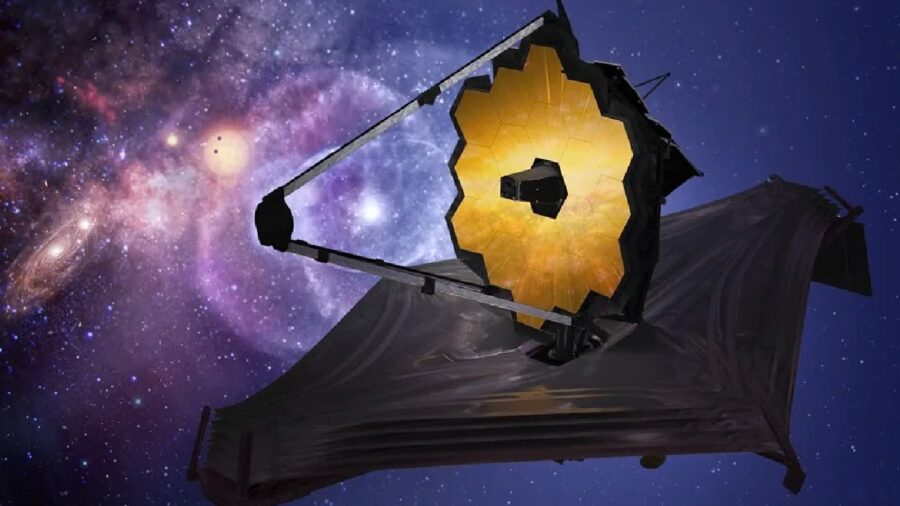Exoplanet 300 Light Years Away Discovered By Citizen Scientists

As we all know, NASA scientists and astronomers from all over the world have made some incredible discoveries in deep-space objects in the past several years, offering plenty of exciting new avenues for up-and-coming scientific minds to examine. While the work of these astronomers is quite fascinating, it is perhaps even more impressive what general citizens are capable of when they possess basic tools and a passionate curiosity for space. According to a recent write-up in Space.com, a group of citizen scientists have uncovered a fascinating exoplanet over 300 light years from Earth’s atmosphere.
A Warm Jupiter

The planet, which has been given the title TIC 393818343 b, is classified as a “Warm Jupiter” exoplanet, due to its distance relative to its orbital star. The Jupiter that we all know and love from our very own solar system is considered a “cold” Jupiter, because it is so far from the Sun, while other exoplanets of a similar size and chemical construction are classified as “hot” Jupiters when they form very close to their own energy-producing stars.
TIC 393818343 b is said to orbit its own sun much closer than the Jupiter we have at home, accounting for a rotation that lasts around 16 Earth days at its current position.
We Don’t Know Much Yet

Of course, we currently know very little about this newly discovered exoplanet, as the citizen scientists responsible for unearthing the discovery have only recently brought their findings to NASA for peer review.
The Discovery

TIC 393818343 b was initially theorized by a pair of stargazing networks known as the UNISTELLAR Network and NASA’s Exoplanet Watch, who utilized basic telescopes to study a nearby star as its light dimmed in specific patterns.
By crunching the numbers on the light dimming, these exoplanet specialists determined that a Jupiter-sized object from hundreds of light years away must be passing between our stars and a distant light source.
Confirmation

Once the groups compiled enough hard data to state their claim, they took the information to NASA, who used their high-powered machinery such as the James Webb Space Telescope to confirm the findings.
As far as we can tell, TIC 393818343 b may in fact transition from hot to cold and back again over the course of its orbit, as the exoplanet drifts closer to its orbital star throughout the course of each rotation.
In fact, scientists are currently keeping a watchful eye on the nearby star, as they fear that the celestial body may soon run out of fuel and combust into a massive red giant, which would all but torch the surface of TIC 393818343 b if it’s close enough during that point.
Citizen Astronomers

This discovery is far from the first to be made by citizen scientists, though it is one of the most impressive, given the size and scope of the distant exoplanet. As NASA astronomers continue studying the warm Jupiter, it’s entirely possible that they discover some truly world-altering facts about the Jupiter in our very own backyard.
It just goes to show that anybody on Earth can assist in making groundbreaking discoveries as long as they have a curious mind and a passion for finding hidden truths.
Source: Space.com











